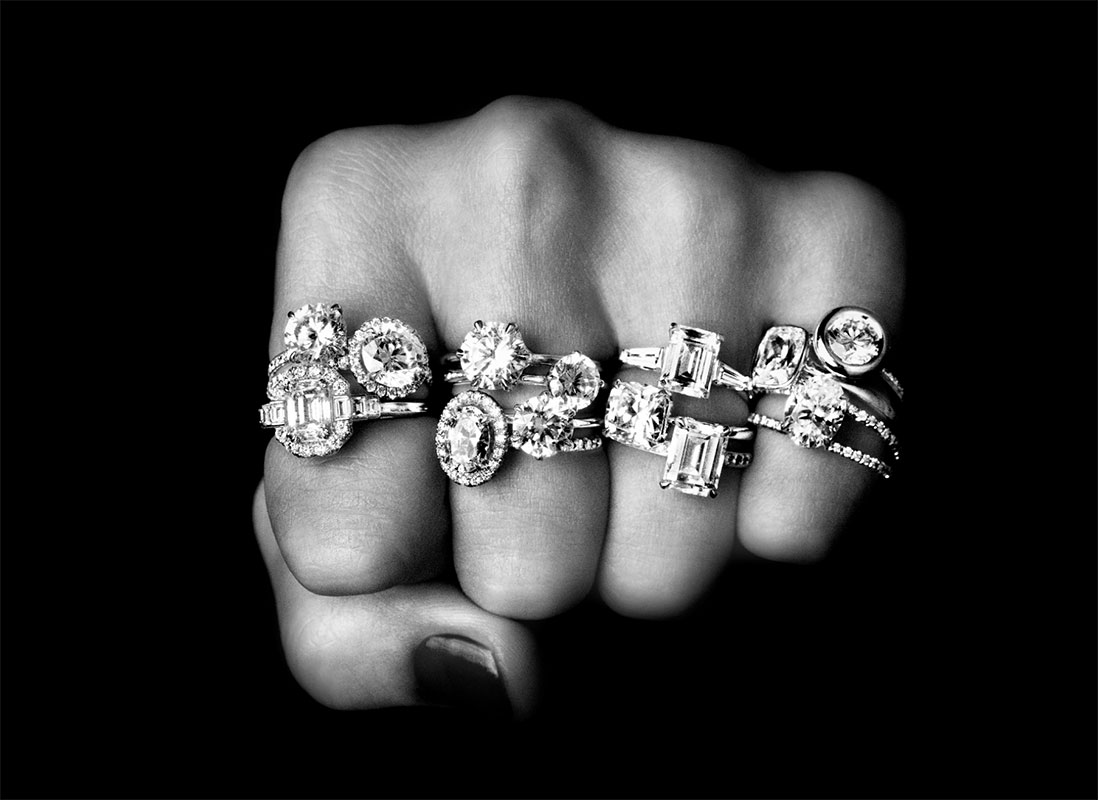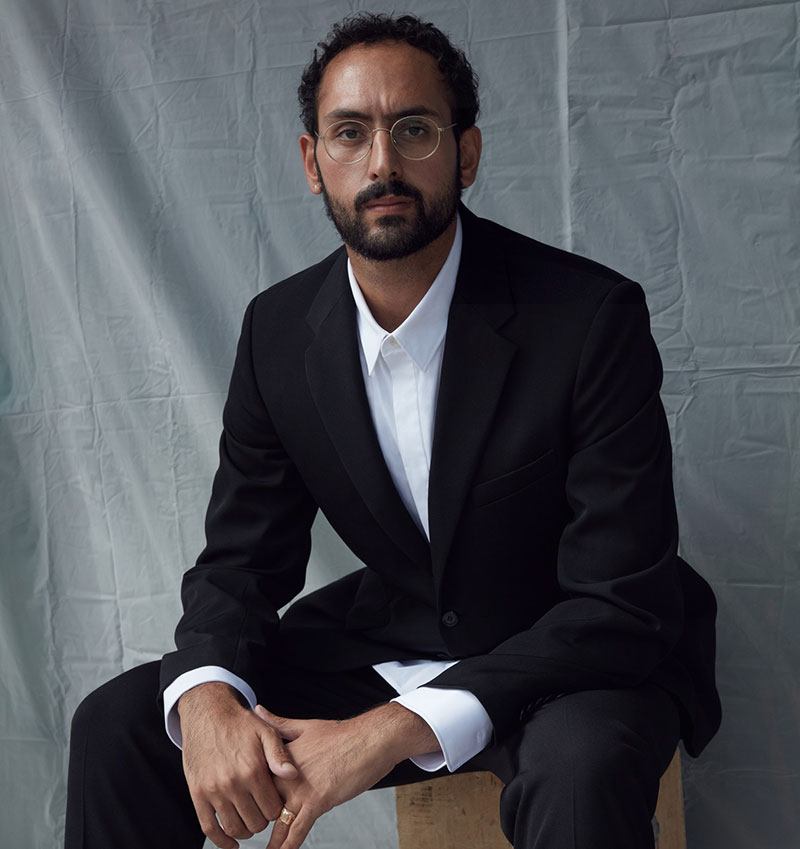This website uses cookies so that we can provide you with the best user experience possible. Cookie information is stored in your browser and performs functions such as recognising you when you return to our website and helping our team to understand which sections of the website you find most interesting and useful.
Future perfect: The Future Laboratory’s Aleksandra Szymanska unveils the trends transforming the luxury industry
By Aleksandra Szymanska | 16 April 2019 | Style
Tempus looks to the future of luxury in Szymanska’s outstanding five-year forecast

The first and most important trend, in The Future Laboratory's opinion, is the changing attitudes of luxury consumers. Today, the dynamic among this society’s wealthiest is evolving – there’s still a large group of luxury consumers who feel comfortable in their position, but we’re also seeing a growing group of high net worth individuals who are increasingly uneasy, maybe even anxious, about how their moral worth is linked to their wealth.
It’s no longer possible to ignore the provincial negative impacts of wealth and I think this is what’s driving a major reassessment of what’s appropriate when it comes to owning, investing, and showing. Leading wealth management, trust and private banking company Boston Private undertook a study of those with assets ranging from £780,000 to £15.6m. They found 30% of participants identified a major negative of wealth was the feeling of being judged.
Recent reports suggest the top 1% of the world’s richest people own as much as the poorest 50%. But American philosopher Matthew Stewart told us that, in the US in particular, it’s not the 1% but the 9.9% which holds and shapes the nation’s wealth. These individuals, who are all worth more than £935,000, are usually mid- level investment bankers, doctors, dentists and lawyers. They represent a very different mindset to the traditional elite class. They are more culturally diverse, they dress casually, they have faith in facts rather than religion, and most of them are proudly self-made. Despite huge homes and even bigger investment portfolios, they feel uneasy and want to shy away from their affluence.
This outlook is also extending downward towards the youngest consumers. Yet another study found that 81% of 13- to 34-year-olds agree that showing off expensive goods you’ve bought on social media is simply not cool and not appropriate any more. So, what does it mean for luxury brands, when lavish spending is no longer aspirational? What we’re imagining with this trend is that in the next five years we’re going to see a huge rise in purpose-driven products and services – for example, lab-grown diamonds, cause- driven investing and equitable luxury travel. >>

BUY UP A BUNDLE
A really interesting retail format we’re seeing emerging in the luxury and fashion industry is the idea of ‘bundle buys’. This is about removing excessive choice from the buying process, in favour of a more singular, serene kind of buying experience. Today, we’re so overwhelmed by choice – mostly because our digital lives have become so intense – that we’re making a huge number of micro decisions every day. And this is why simplicity is now emerging as a form of luxury.
Wardrobe NYC sells menswear and womenswear as separates or in curated sets that work together. A four-piece tailored set of blazer, shirt, T-shirt, leggings (sport and casual sets are also available) costs £1,250, and the eight-piece set twice that. Co-founder Christine Centenera says it’s their way of saying: “This season, this is what we think you should be wearing. Being authoritative is our way of providing a solution for people.”
Designers are also using this idea of bundling to cut waste. An interesting example is The Kit by Daniel Vosovic, which produces clothing kits to be ordered all together. Everything is produced only on demand so there’s no excessive production, less waste and less pollution – they see themselves as the first sustainable fast fashion brand.
CAR SHARING
In order to provide levels of convenience beyond the standard forms of ownership, luxury car manufacturers are increasingly borrowing solutions from the share economy. One innovative example is Bentley on Demand, which is embellishing, rather than replacing, traditional ownership. It’s a free luxury concierge service, accessed through the Bentley App, which lets Bentley owners rent any car from the range – a Bentayga, say, for family adventures or a Mulsanne for luxurious weekends. The car is conveyed to you at your location, delivered by a concierge who can give you a tour of the car’s key features, adding to the core offer of car hire an element of product discovery.
Operating along similar lines is Book by Cadillac, a subscription service which you pay for monthly and enables Cadillac owners to change cars up to 18 times a year. This is an ingenious model, a great way of giving consumers a taste of the different products the company has in its range, without them having to commit to one. >>
Related: Back in vogue: this year's most surprising luxury travel destinations

I think a developed execution of this trend is a new business model being launched by Volvo this year – a completely new brand called Polestar, which will only be available on a subscription model. The first product will be launched in the middle of this year, available on a two- and three-year basis.
What’s really interesting about the Polestar brand is that it’s designed as a digital-first product. All of the interactions both with Polestar and with the car itself will happen via your mobile. So the traditional model of automotive retail where you go to a dealership? This is changing – and rejecting – that and looking firmly to the future.
REALITY BITES
We’re getting to a really interesting point where merged reality and augmented reality are becoming practical tools for retailers, rather than merely gimmicks. AR is becoming much more stable and refined, and many brands are already tapping into its potential. One recent example was a collaboration between clothing retailer H&M and Moschino. They presented their joint collection in a meshed reality runway experience. Guests were given headsets that overlaid an augmented reality layer on top of the physical situation. The room was actually empty – but guests could see all of the elements within, in vibrant detail, through augmented reality.
In the next few years, we’re also going to see the rise of digital-only clothing that exists as an augmented reality overlay. I know this sounds really futuristic, but it’s happening already. One brilliant example is a recent collaboration between retailer Carlings and a digital influencer called Perl.www – named after an 80s software program known for its quick-fix solutions to data problems. Together, they created a collection of digital-only clothing, to be applied to your social media posts. The idea is that if you just want to be seen wearing something, you don’t have to actually physically own it.
Whether immaterial digital fashion will actually reshape how we dress in physical life, I’m not sure yet, but it will certainly revolutionise the way we portray ourselves across social and digital channels.
At present, consumers still believe that tangible products have more value than the digital ones. But as we buy more digital ephemera, they will become accustomed to ownership not necessarily being equated with tangibility, and the value of the digital will rise and become a key product in the next five years.
Read more exclusive features, news and interviews in Tempus Magazine's Style Edition, out now







